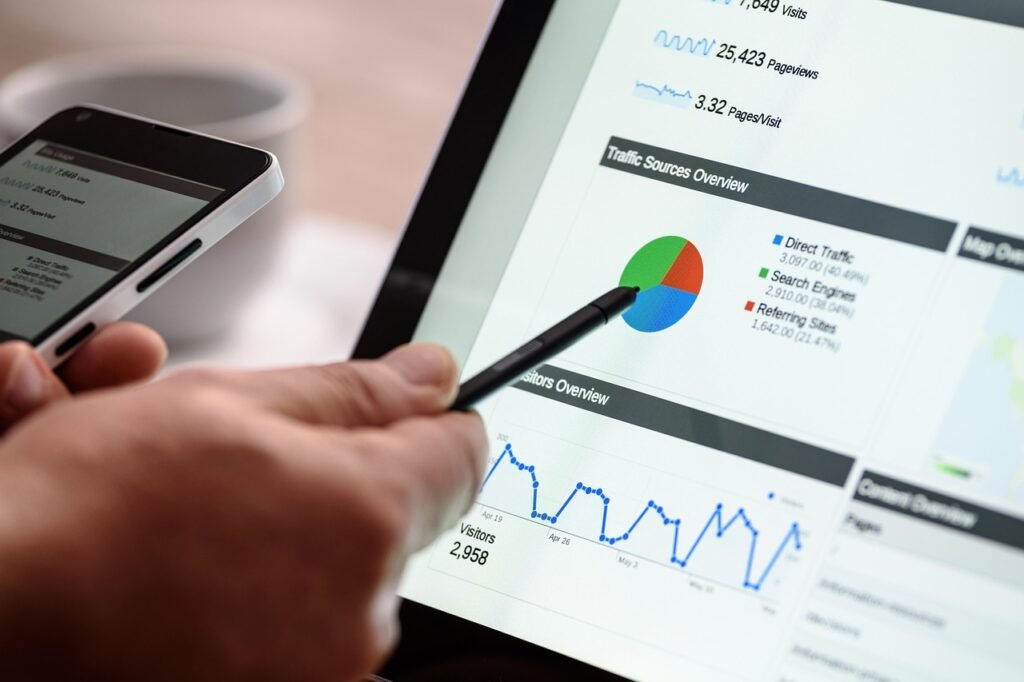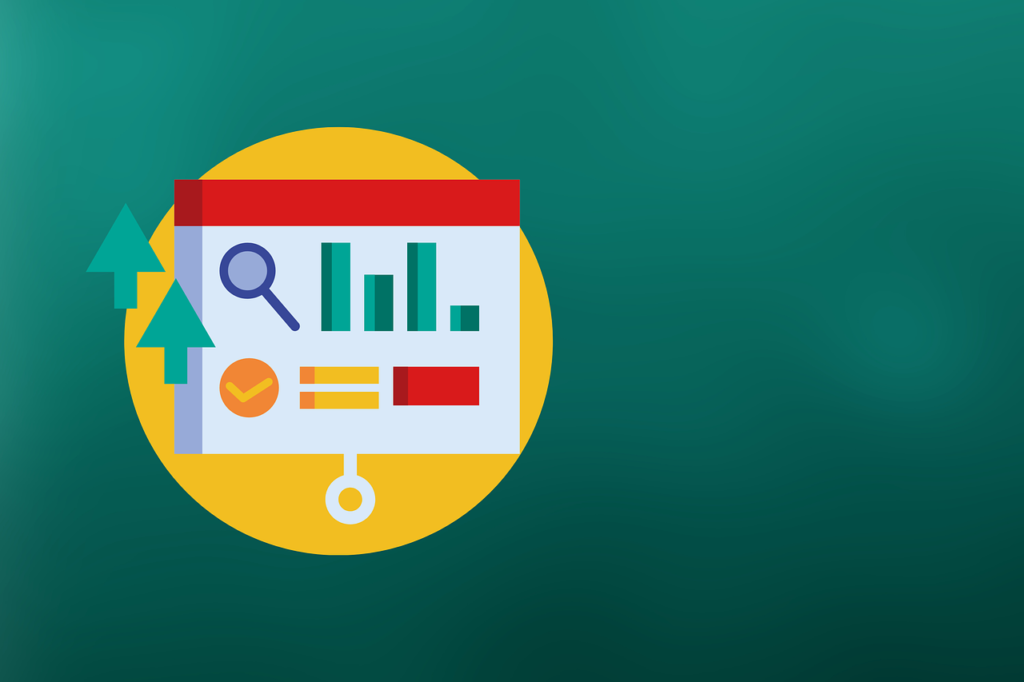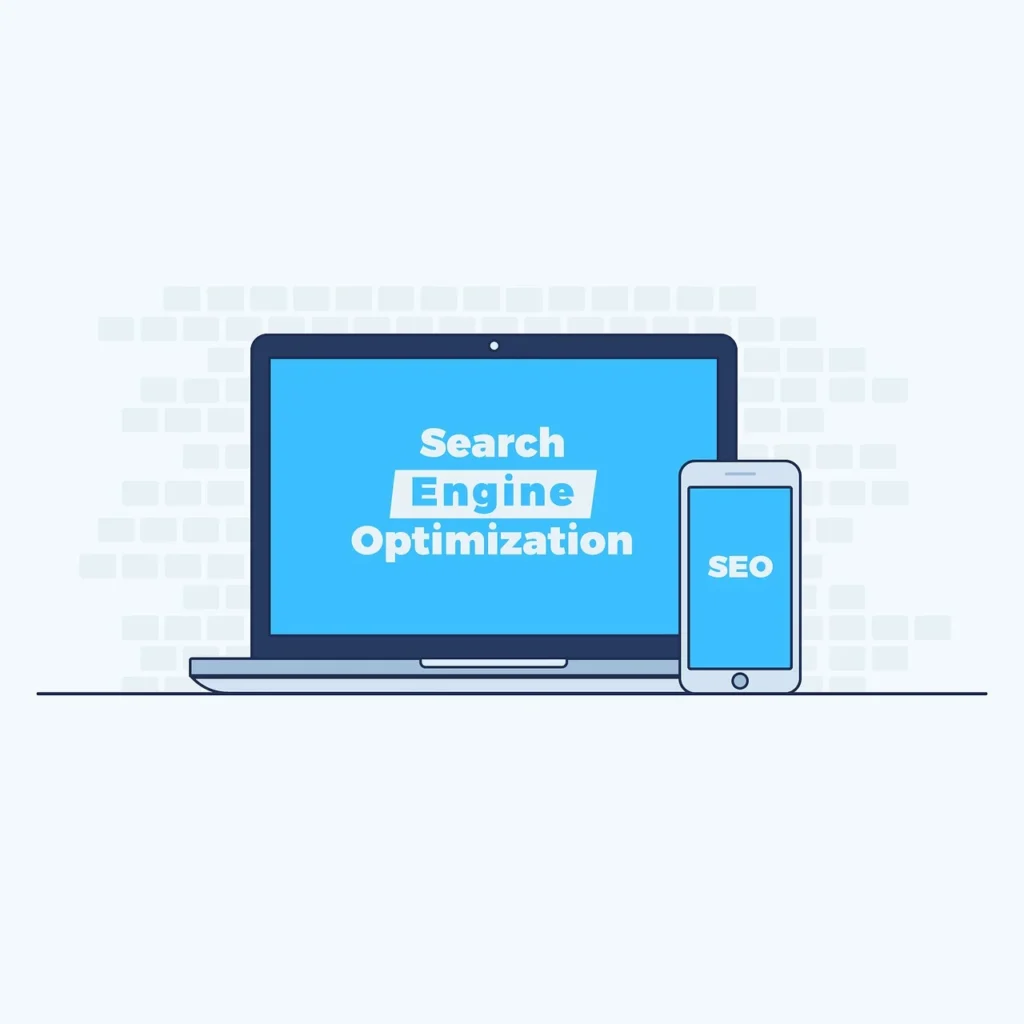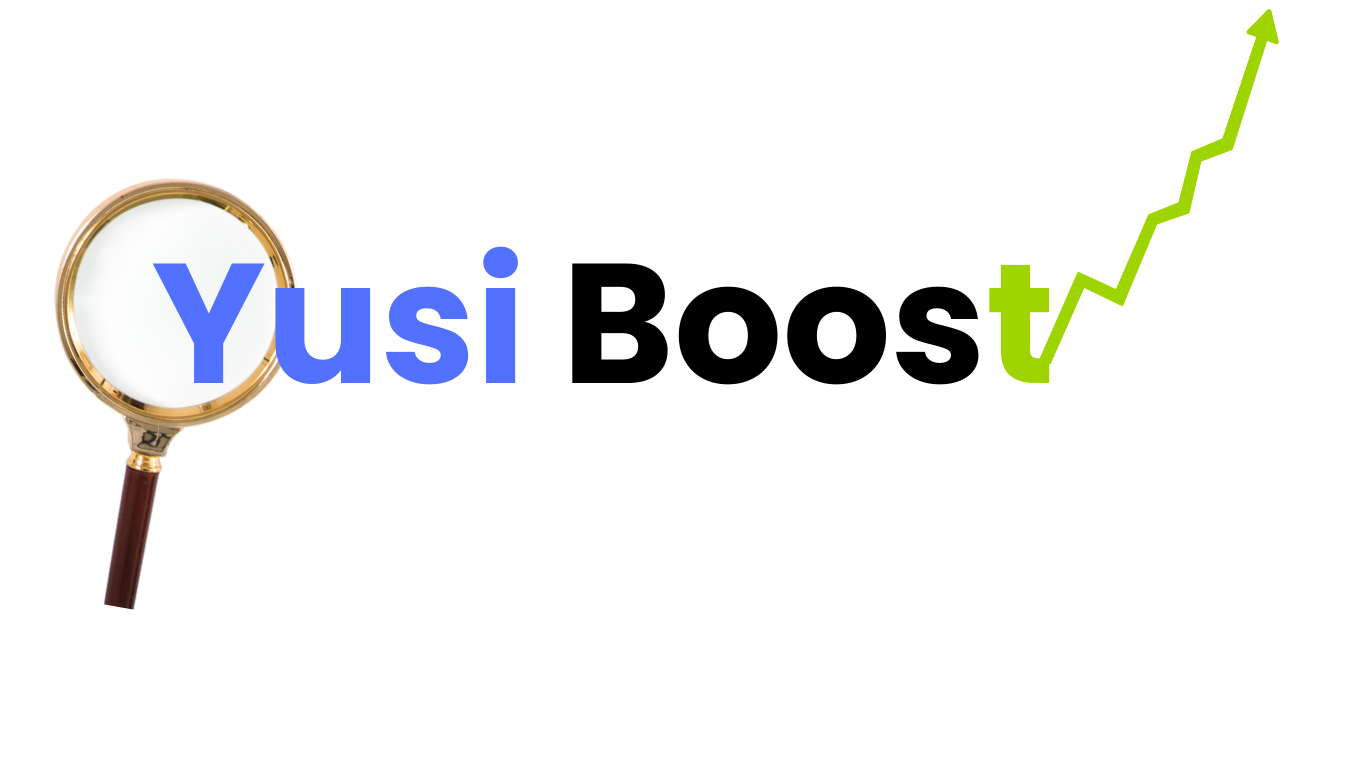
On page SEO: Imagine sitting comfortably at the top of search engine results, your website basking in the glow of enhanced visibility, all thanks to mastering the art of internal linking within on-page SEO. While there are many factors contributing to a website’s search ranking, internal links often go overlooked despite their significant impact. They act as the arteries of your website, guiding both users and search engines through the depths of your content. When wielded correctly, they hold the power to boost your site’s ranking and keep users engaged. But how do you tap into this often underutilized strategy?
Navigating the corridors of internal linking can seem daunting at first. Picture yourself seamlessly weaving connections between your blog posts and product pages, each link serving as a stepping stone towards higher search rankings. It’s not just about placing random links; it’s an art of relevance and strategic placement. Whether you’re using a WordPress editor or another CMS, the process is straightforward yet transformative. You’ll discover methods to uncover relevant pages ripe for linking, using simple tools like Google search techniques. In this post, we’ll unravel these insights, empowering you to enhance your on-page SEO with precision.
Understanding the Importance of Internal Linking in On-Page SEO:
Internal linking plays a crucial role in enhancing on-page SEO strategies. By strategically linking different pages within a website, you can improve the user experience, boost search engine visibility, and increase the overall authority of your website. When focusing on on-page SEO, mastering internal linking is key to achieving higher search rankings.
The primary goal of on-page SEO is to optimize individual web pages to rank higher and earn more relevant traffic in search engines. Internal linking, a fundamental aspect of on-page SEO, involves linking one page of a domain to another page within the same domain. This practice helps search engines understand the hierarchy and structure of your website, making it easier for them to crawl and index your content.
By incorporating internal links strategically throughout your website, you can guide both users and search engine crawlers to discover and navigate your content effectively. It not only helps in spreading link equity across your site but also encourages visitors to explore more pages, reducing bounce rates and improving engagement.
Internal linking also plays a significant role in distributing link authority throughout your website. By linking from high-authority pages to relevant target pages, you can pass on link juice and boost the search engine ranking of those target pages. This not only enhances the visibility of important pages but also strengthens the overall SEO performance of your website.
Moreover, internal linking helps in establishing a logical and organized structure for your website. By creating a network of interconnected pages, you can establish topical relevance and semantic relationships between different pieces of content. This, in turn, signals to search engines the importance and context of each page, contributing to improved indexing and ranking.
In conclusion, mastering internal linking is essential for optimizing on-page SEO and enhancing the overall visibility and authority of your website. By strategically incorporating internal links, you can improve user experience, boost search engine rankings, and establish a well-structured website that resonates well with both users and search engines.
Best Practices for Strategic Internal Linking:

When focusing on **On-Page SEO**, mastering strategic internal linking is crucial for achieving higher search rankings. Here are some best practices to optimize your internal linking strategy:
1. Relevant Anchor Text: Use descriptive keywords in your anchor text that accurately reflect the content of the linked page. This helps search engines understand the context of the linked page and improves its visibility for relevant searches.
2. Strategic Placement: Incorporate internal links naturally within the content where they provide value to the reader. Avoid overloading your content with links, as this can be perceived as spammy by search engines.
3. Hierarchy and Structure: Create a logical hierarchy for your website’s pages and link them accordingly. Pages higher up in the hierarchy should link to more specific pages deeper within the site structure to distribute link equity effectively.
4. Fix Broken Links: Regularly audit your internal links to identify and fix any broken links. Broken links can harm user experience and hinder search engine crawlers from indexing your content effectively.
5. Link to High-Quality Content: Link to pages that offer value to your readers and are authoritative within their respective topics. This helps establish your website as a reliable source of information and can positively impact your search rankings.
6. Avoid Keyword Stuffing: While it’s essential to include relevant keywords in your anchor text, avoid stuffing them unnaturally. Focus on providing useful information to your audience rather than solely optimizing for search engines.
7. Track Performance: Monitor the performance of your internal links using tools like Google Analytics. Analyzing click-through rates and user behavior can help you refine your internal linking strategy for better results.
By implementing these best practices for strategic internal linking as part of your On-Page SEO strategy, you can enhance the visibility of your content, improve user experience, and ultimately boost your search rankings.
Leveraging Anchor Texts for SEO Benefits:
Leveraging Anchor Texts for SEO Benefits
When it comes to maximizing your on-page SEO efforts, one crucial aspect that often gets overlooked is the strategic use of anchor texts. Anchor texts play a significant role in helping search engines understand the context and relevance of the linked content. By incorporating well-optimized anchor texts within your website’s internal linking structure, you can improve your search rankings and enhance the overall user experience.
Understanding Anchor Texts:
Anchor texts are the clickable words or phrases within a hyperlink. They provide both search engines and users with valuable information about the linked content. By utilizing descriptive and keyword-rich anchor texts, you can signal to search engines what the linked page is about, helping them establish the content’s relevance and authority.
Optimizing Anchor Texts for SEO:
To leverage anchor texts for SEO benefits, it’s essential to follow some best practices:
1. Relevant Keywords:** Incorporate relevant keywords that reflect the topic of the linked content. For example, instead of using generic texts like “click here,” opt for descriptive phrases such as “best SEO practices” to provide clarity to both search engines and users.
2. Natural Integration:** Ensure that your anchor texts seamlessly blend within the context of the content. Avoid keyword stuffing and prioritize readability and user experience.
3. Variety and Diversity:** Use a mix of anchor text types, including exact match keywords, partial matches, branded terms, and generic phrases. This diversity can create a more natural link profile and prevent over-optimization.
4. Internal Linking Strategy:** Develop a robust internal linking strategy by strategically placing anchor texts within your content to guide users to relevant pages within your website. This not only helps search engines discover and index your pages more effectively but also boosts the overall site structure.
Measuring Impact and Refining Strategies:
To gauge the effectiveness of your anchor text optimization efforts, monitor your website’s performance using tools like Google Analytics and Search Console. Track changes in organic traffic, keyword rankings, and user engagement metrics to identify areas for improvement and refinement.
In conclusion, leveraging anchor texts as part of your on-page SEO strategy can significantly impact your website’s search visibility and user experience. By following best practices, optimizing anchor texts with relevant keywords, and implementing a structured internal linking approach, you can enhance your site’s SEO performance and climb higher in search engine rankings.
Tools for Identifying Internal Linking Opportunities:

When it comes to enhancing your **On-page SEO** strategy, one crucial aspect to consider is internal linking. By strategically placing internal links within your website’s content, you can boost your site’s visibility and improve search engine rankings.
Here are some effective tools that can help you identify valuable internal linking opportunities:
1. Ahrefs:
Ahrefs is a powerful SEO tool that not only helps in analyzing backlinks but also provides insights into internal linking opportunities. By using Ahrefs, you can identify pages with high traffic and authority within your website, making it easier to link relevant content together.
2. Screaming Frog:
Screaming Frog is a website crawler tool that can be used to analyze your website’s structure and identify internal linking gaps. By crawling your website, Screaming Frog can help you discover orphaned pages that are not properly linked within your site, allowing you to establish a more cohesive internal linking strategy.
3. Google Search Console:
Google Search Console provides valuable data on how your website is performing in search results. By utilizing the internal links report in Google Search Console, you can identify pages with high click-through rates and impressions, indicating potential internal linking opportunities to further boost their visibility.
4. SEMrush:
SEMrush is an all-in-one SEO tool that offers various features to improve your website’s SEO performance. By using SEMrush’s site audit tool, you can uncover internal linking issues such as broken links or redirects, allowing you to rectify them and enhance your site’s overall internal linking structure.
5. Link Whisper:
Link Whisper is a WordPress plugin specifically designed to streamline the internal linking process. By analyzing your content and suggesting relevant internal links, Link Whisper makes it easier to create a well-connected website that enhances user experience and SEO performance.
By leveraging these tools to identify and capitalize on internal linking opportunities, you can strengthen your **On-page SEO** strategy and improve your website’s search rankings effectively.
Creating a Cohesive Internal Linking Strategy:
Creating a cohesive internal linking strategy is crucial for enhancing on-page SEO efforts. By strategically interlinking various pages within your website, you can improve user experience, boost search engine rankings, and ensure easy navigation for both users and search engine crawlers.
Internal Linking for On-Page SEO
Internal linking plays a vital role in on-page SEO as it helps search engines understand the structure and hierarchy of your website. When you strategically link relevant pages together using targeted anchor text, you signal to search engines the importance of those pages. This, in turn, can positively impact your search rankings for specific keywords related to your content.
Benefits of a Cohesive Internal Linking Strategy
1. Enhanced User Experience:** Internal links guide users to relevant content within your website, keeping them engaged and encouraging them to explore further. This can reduce bounce rates and increase overall site interaction.
2. Improved Crawling and Indexing: Search engine crawlers use internal links to discover and index new pages on your website. By interlinking your pages effectively, you ensure that all your content is easily accessible to search engines, leading to better visibility in search results.
3. Keyword Optimization:** When you use targeted keywords as anchor text in your internal links, you help search engines understand the context of the linked pages. This can boost the relevance of your content for specific search queries and improve your chances of ranking higher in search results.
Best Practices for Internal Linking
1. Relevance: Link related pages together to provide users with additional valuable information on the same topic.
2. Anchor Text: Use descriptive anchor text that includes relevant keywords to provide context to both users and search engines.
3. Hierarchy: Ensure a logical hierarchy of internal links that mirrors the structure of your website, making it easier for users to navigate.
4. Avoid Over-Optimization: While internal linking is essential, avoid overloading your pages with excessive links, as this can appear spammy to both users and search engines.
In conclusion, a well-thought-out internal linking strategy is a powerful tool for improving your on-page SEO efforts and enhancing the overall user experience on your website. By following best practices and optimizing your internal links, you can boost your search rankings and drive more organic traffic to your site.
The Impact of Internal Linking on User Experience:

Internal linking plays a crucial role in enhancing user experience on websites. When it comes to **On Page SEO**, mastering internal linking can significantly contribute to higher search rankings.
Improved Navigation: Internal links help users navigate through different pages of a website seamlessly. By strategically placing internal links within content, users can easily discover relevant information, leading to a more satisfying browsing experience.
Enhanced Engagement: Internal linking encourages users to explore more content on the website. By providing clickable links to related articles or products, visitors are more likely to stay longer on the site, reducing bounce rates and increasing overall engagement.
Establishing Relevance: Search engines analyze internal links to understand the relationship between different pages on a website. By interlinking relevant pages using anchor text that includes **On Page SEO** keywords, websites can establish topical relevance, which can positively impact search rankings.
Promoting Conversion: Internal links can guide users towards conversion points such as product pages or contact forms. By strategically placing internal links within content that leads users towards conversion goals, websites can increase the likelihood of turning visitors into customers.
In conclusion, internal linking is a powerful On Page SEO strategy that not only enhances user experience but also plays a significant role in improving search rankings and driving conversions. By focusing on creating a seamless navigation experience, engaging users with relevant content, and guiding them towards conversion points, websites can leverage internal linking to achieve their digital marketing goals effectively.
Measuring the Success of Your Internal Linking Efforts
When it comes to mastering internal linking for higher search rankings, understanding how to measure the success of your efforts is crucial. By focusing on on-page SEO strategies, you can improve the visibility and relevance of your website in search engine results pages.
Key Performance Indicators (KPIs) for Internal Linking Success
1. Click-Through Rate (CTR): Monitor the CTR of internal links to determine how effective they are in guiding users to other relevant pages on your website. A high CTR indicates that your internal linking strategy is engaging and resonating with your audience.
2. Bounce Rate: Analyze the bounce rate of pages that receive internal traffic. A low bounce rate signifies that visitors are exploring more content on your site, leading to better user engagement and potentially higher search rankings.
3. Time on Page: Measure how much time users spend on pages accessed through internal links. Longer average time on page indicates that your internal linking is directing visitors to valuable and engaging content.
4. Page Authority: Track the impact of internal links on the authority of linked pages. By monitoring changes in page authority over time, you can assess the effectiveness of your internal linking strategy in boosting the visibility and credibility of key pages.
Tools for Monitoring Internal Linking Performance
1. Google Analytics: Utilize Google Analytics to track traffic flow through internal links, monitor user behavior, and assess the performance of internal linking efforts based on key metrics such as CTR, bounce rate, and time on page.
2. SEO Tools: Implement SEO tools like SEMrush or Ahrefs to conduct in-depth analysis of internal linking structures, identify broken links, and optimize link anchor text for improved search visibility.
By measuring the success of your internal linking efforts through relevant KPIs and utilizing effective monitoring tools, you can refine your on-page SEO strategy to enhance user experience, increase website traffic, and ultimately improve your search rankings. Mastering internal linking is not only about creating connections between pages but also about evaluating their impact on overall SEO performance.
Advanced Techniques to Optimize Internal Link Structure
To enhance your website’s visibility and improve search rankings, mastering internal linking is key in on-page SEO strategies. By implementing advanced techniques to optimize your internal link structure, you can effectively guide both users and search engines through your website to boost organic traffic and engagement.
Strategic Anchor Text Usage:
When incorporating internal links within your content, make sure to use descriptive anchor text that includes relevant keywords. This not only helps search engines understand the context of the linked pages but also provides users with valuable information about the linked content before clicking on it. By strategically placing internal links with optimized anchor text, you can enhance the overall SEO performance of your website for the focus keyword “On-page SEO.”
Hierarchy and Site Architecture:
Organizing your website’s internal link structure in a hierarchical manner can significantly impact how search engines crawl and index your pages. By creating a logical flow of internal links from high-authority pages to deeper subpages, you can distribute link equity effectively and strengthen the overall authority of your website. This structured approach to internal linking aligns with the focus keyword “On-page SEO” and improves the user experience by guiding visitors to relevant content seamlessly.
Internal Link Audit and Optimization:
Regularly auditing your internal links is essential to identify any broken links, orphaned pages, or opportunities for optimization. By utilizing tools like Google Search Console or third-party SEO software, you can analyze your website’s internal link profile, identify link-related issues, and make necessary adjustments to enhance crawling and indexing efficiency. Optimizing internal links based on section keywords related to on-page SEO ensures that your website remains well-organized and user-friendly, ultimately contributing to higher search rankings and visibility.
Contextual Relevance and User Experience:
Incorporating internal links within the natural flow of your content enhances the contextual relevance of your web pages and improves the overall user experience. By linking to related topics, relevant resources, or cornerstone content, you can provide users with additional value and encourage them to explore more of your website. This strategic approach aligns with the blog’s focus keyword “On-page SEO” and helps search engines understand the topical depth and breadth of your website, leading to improved organic search visibility.
By implementing these advanced techniques to optimize your internal link structure, you can elevate your on-page SEO efforts, enhance user engagement, and drive sustainable organic traffic growth. Strategic internal linking not only benefits your website’s search rankings but also establishes a robust foundation for long-term SEO success in the competitive digital landscape.
Internal Linking Pitfalls to Avoid:

When it comes to mastering internal linking for on-page SEO, there are certain pitfalls that you must avoid to ensure the effectiveness of your strategy. Understanding these pitfalls can help you optimize your internal linking structure to achieve higher search rankings.
One common pitfall to avoid is overlinking. While internal links are crucial for directing traffic and boosting SEO, excessive linking within your content can overwhelm the reader and dilute the relevance of your links. It’s essential to strike a balance by incorporating links naturally within your content.
Another trap to be wary of is broken links. Broken internal links can harm your website’s credibility and user experience. Regularly auditing your internal links and fixing any broken ones can help maintain a seamless navigation experience for visitors and search engine crawlers.
Orphaned pages are yet another internal linking pitfall to steer clear of. Orphaned pages, which lack internal links from other pages on your site, can diminish their visibility to search engines. By interlinking your content strategically, you can ensure that every page on your site gets indexed and ranked effectively.
Keyword stuffing in anchor text is a pitfall that can negatively impact your SEO efforts. Using relevant anchor text that provides context to the linked page is key to optimizing internal links. Avoid stuffing keywords into anchor text unnaturally, as it can come across as spammy and harm your site’s credibility.
Furthermore, neglecting deep linking is a mistake that many website owners make. Deep linking involves linking to specific pages or posts within your site, not just the homepage. By incorporating deep links, you can distribute link equity throughout your site more effectively and help boost the rankings of individual pages.
In conclusion, by steering clear of these internal linking pitfalls, you can enhance your on-page SEO strategy and improve your site’s search rankings. Remember to focus on quality over quantity when it comes to internal linking and ensure that your links are relevant, natural, and beneficial to both users and search engines.
Conclusion: Elevating Your Search Rankings through Masterful Internal Linking
To master internal linking for higher search rankings, a crucial aspect of on-page SEO, you need to understand the power and impact of strategically placed internal links within your website. Internal linking is not just about connecting one page to another; it’s about creating a cohesive web of interconnected content that search engines can easily navigate and index. By strategically incorporating internal links within your website, you can effectively boost your search rankings and enhance the overall user experience.
When it comes to on-page SEO, internal linking plays a significant role in signaling the importance of specific pages to search engines. By linking relevant keywords within your content to other pages on your website that delve deeper into the topic, you can demonstrate to search engines the relevance and authority of your content. This not only helps in increasing the visibility of your content but also strengthens the overall SEO of your website.
One key strategy to master internal linking is to conduct a thorough audit of your website to identify existing content that can be linked to newer or related pages. By strategically interlinking your content, you can create a logical flow that guides both users and search engine bots through your website, boosting the overall crawlability and indexability of your site.
Moreover, incorporating internal links within your content can also help distribute link equity throughout your website, ensuring that all pages receive their fair share of SEO benefits. By linking high-authority pages to other relevant pages, you can pass on link juice and boost the rankings of important pages that might otherwise go unnoticed.
In conclusion, mastering internal linking is a powerful on-page SEO strategy that can significantly elevate your search rankings. By strategically incorporating internal links within your content, you can enhance the visibility, authority, and overall SEO performance of your website. So, make internal linking a priority in your SEO strategy and watch your search rankings soar.
